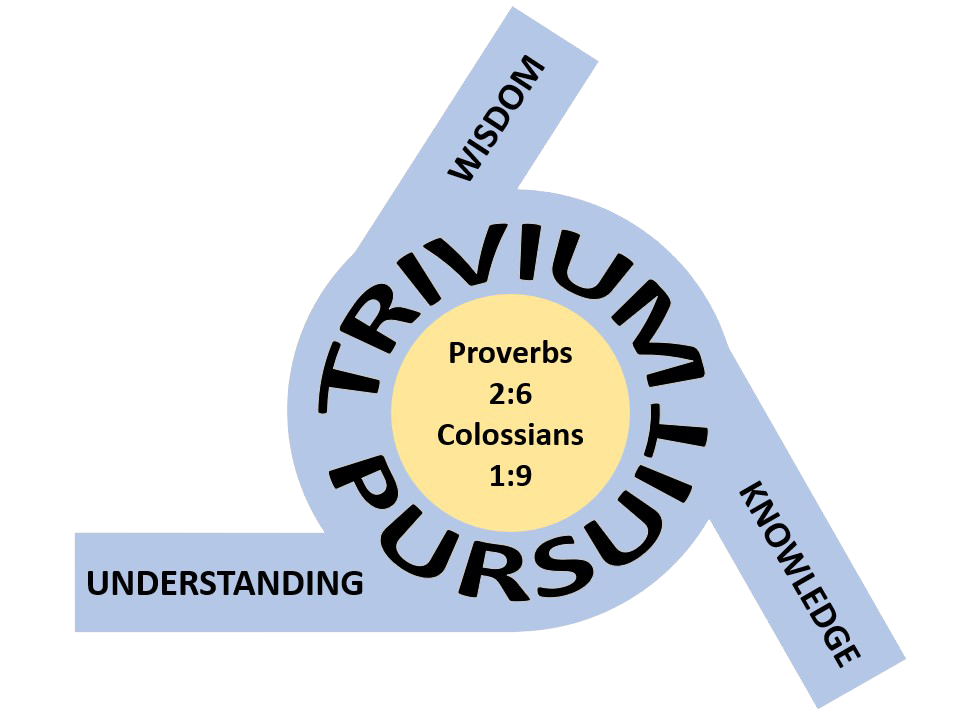Taken from Hank Hanegraaff’s Christian Research Journal, Volume 28/Number 05
Logic To Go
by Eric Johnson
For those who think that ad hominem and tu quoque are popular meals served in Italian restaurants, think again. Brothers Nathaniel and Hans Bluedorn have written a pair of logic books that target Christians ages 12 and older. The twenty-something siblings, who proudly declare that they “were homeschooled all of their lives,” come from thinking parents Harvey and Laurie Bluedorn, who have given seminars in 44 states on how to teach Latin, Greek, and logic.
The Thinking Toolbox is the latest addition to the brothers’ creative arsenal and was written to complement the second edition of The Fallacy Detective. The two books take lofty logical concepts and place them on a layperson’s level. These works are a welcome introduction to critical thinking, especially since illogical reasoning seems to be the rule rather than the exception in many — even Christian — circles.
The Fallacy Detective contains a number of cartoons, from the popular Dilbert to Calvin and Hobbes, and even a Nuna and Toodles series that was created by Johannah, the Bluedorns’ sister. The book’s layout is similar to the popular “For Dummies” series; each of the book’s 36 chapters deals with a particular logical fallacy in no more than 3 or 4 pages. Chapter 6, for instance, explains ad hominem as an attack against “the person making the argument instead of the argument itself” (p. 46). In chapter 8, the authors say that tu quoque is “dismissing someone’s viewpoint on an issue because he himself is inconsistent in that very thing” (54). These are terms that the average teenager has little desire to learn, but the snappy, comedic style makes learning about this difficult material an adventure.
The book includes exercises at the end of each chapter. The answers to the questions are wisely put at the back of the book (rather than at the bottom of the page) to make it more difficult to lazily avoid the challenge. “The Fallacy Detective Game” is another helpful tool. Located just before the answer key, it encourages players to create their own examples of logical fallacies and propaganda techniques. Educators understand that utilizing fun activities in which students interact with the given material helps students to fully comprehend it.
The Thinking Toolbox continues where The Fallacy Detective leaves off. It consists of three major sections: “Tools for Thinking,” “Tools for Opposing Viewpoints,” and “Tools for Science.” Chapter 2 deals with how to differentiate between a discussion, disagreement, argument, and fight. The thinking Christian is encouraged in chapter 7 to “put yourself in their shoes” by anticipating the arguments that opponents might utilize.
Similar tactics are provided in the section “Tools for Opposing Viewpoints,” where the Bluedorns write, “There are at least two viewpoints on every issue. Don’t assume that the viewpoint you are reading about is the only one” (69). The stress on “tolerance” throughout the American educational system has resulted in too many Christians accumulating relativistic moral ideas. This is especially true in higher institutions where esteemed university professors feed their relativist propaganda to an all-too-willing audience. The biblical worldview has solid answers to questions regarding issues such as evolution, homosexuality, and abortion; yet the very professors who preach against “intolerance” will not tolerate this viewpoint being heard, but are quite content to indoctrinate their students in their own narrow-minded ways.
This work, as did the first, contains exercises at the end of each chapter to help readers critically analyze bad argumentation. All sides of the example arguments are acknowledged, which is something that just isn’t done in many classrooms. Finally, The Thinking Toolbox includes some enticing games at the back of the book, such as “Herbal the Verbal Gerbil.”
Many Christian students who have never developed their critical thinking skills are unwittingly borrowing their parents’ religion rather than taking ownership of their own faith. These teens too often end up becoming fodder for the first sharp secular humanist they meet at the university level. It has been said, in fact, that more Christians lose their faith during their college years than at any other time in their lives. The contemporary Christian church has a poor track record in preparing its youth and other laypeople to face intellectual challenges to their faith. These books are good first steps toward equipping them to distinguish between lasagna and logic.

0 Comments